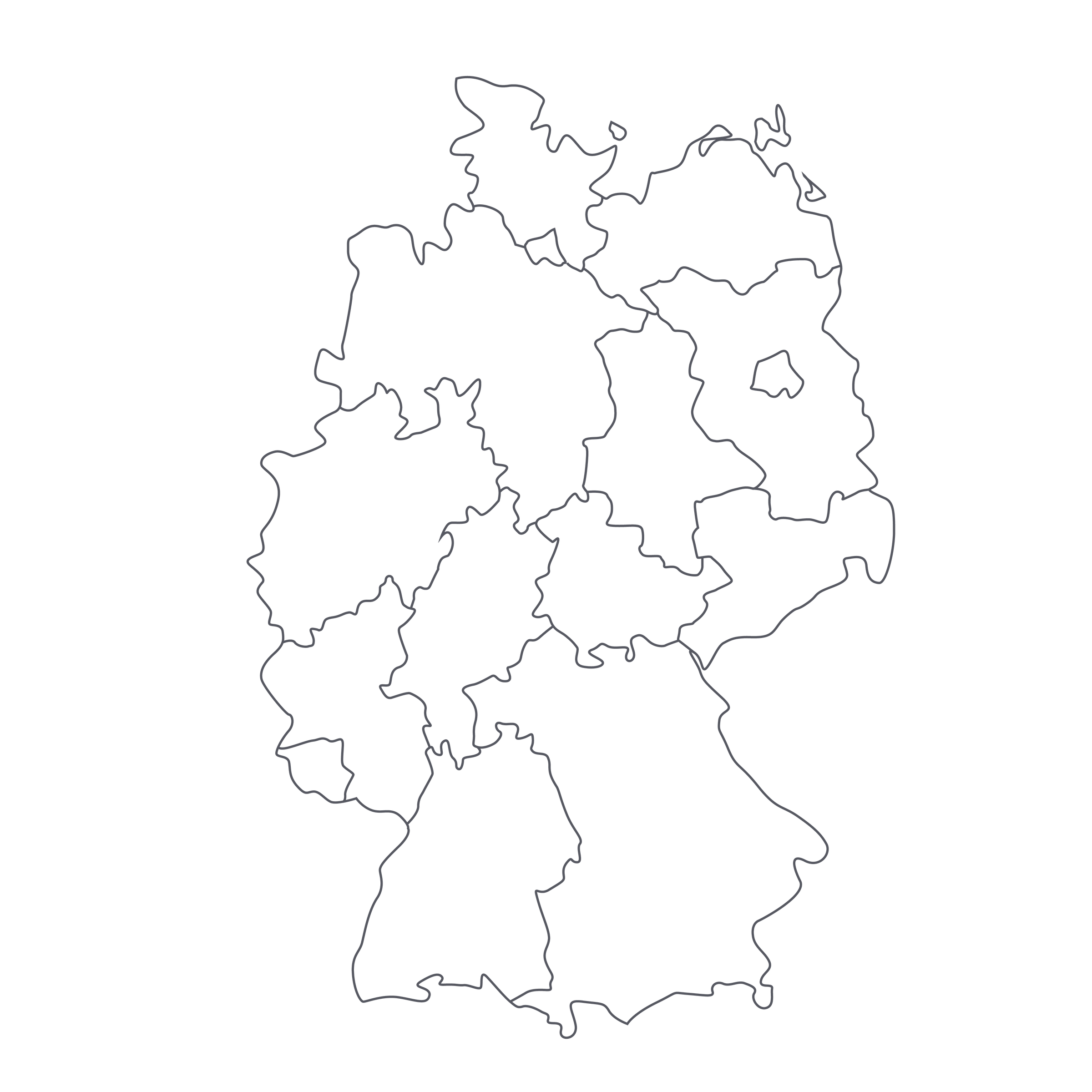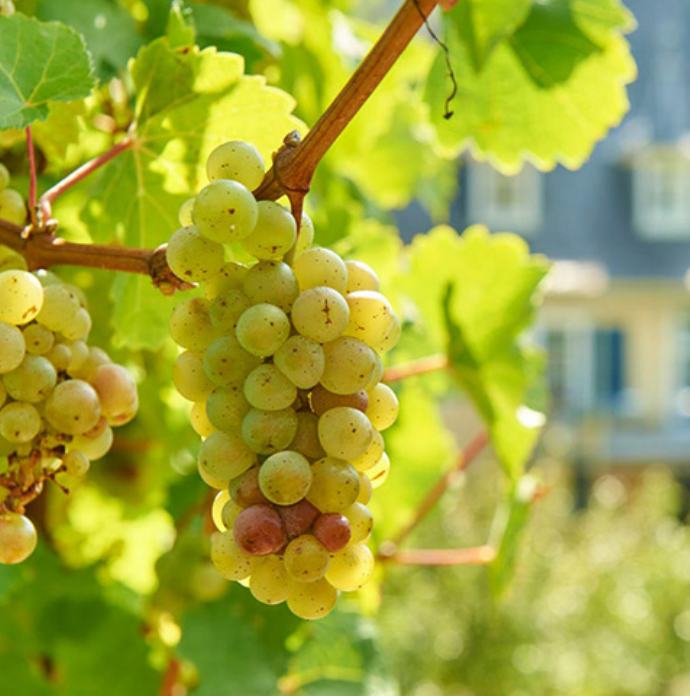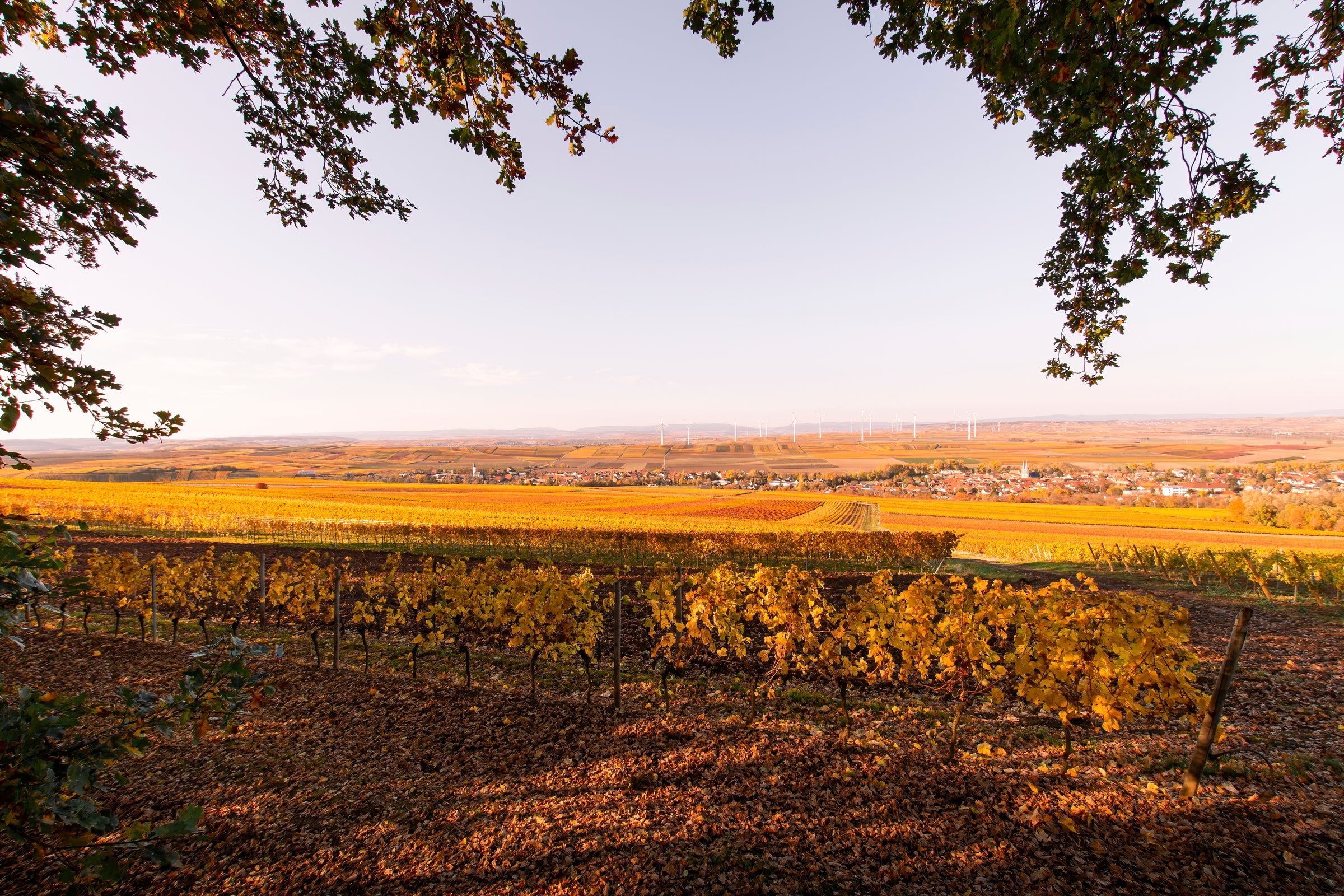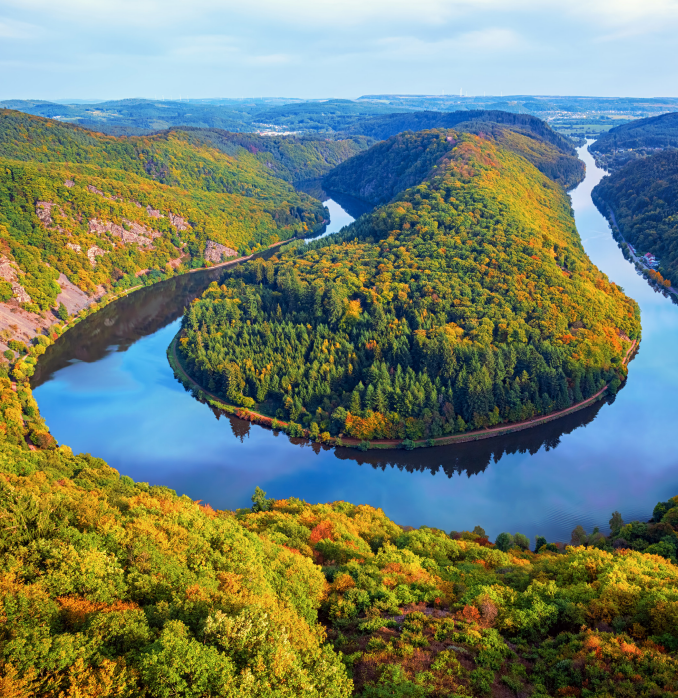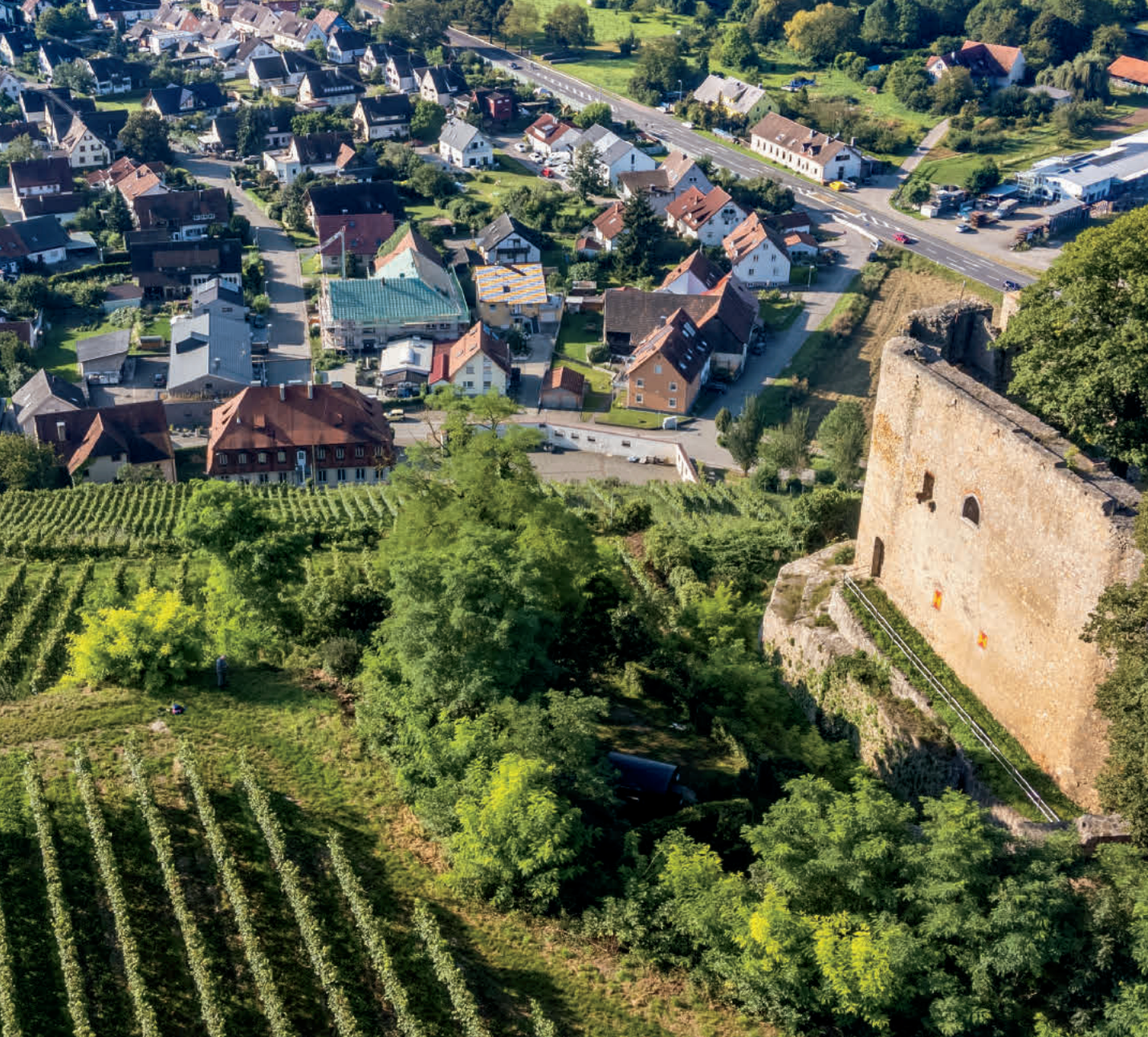Although sellout offers are becoming an increasingly common theme around here, we always have a small victory dance on the rare occasion it's a Riesling. So, imagine our excitement when you all rapidly snatched up our recent trove of delicious ‘09 from Max Ferdinand Richter. Because of that, Richter’s small parcel of 2012 Erderner Treppchen was made available to us and from what we were told, this is all that remains in America.
It hardly amounts to much, but when you have a chance to highlight a grape worshipped by sommeliers around the globe—especially when it’s from a legendary, preternatural vineyard such as “Erdener Treppchen”—the answer is always a resounding “yes.” While the 2009 we offered last month was bone-dry, today’s special bottle sucks you into the beguiling world of off-dry Kabinett, in which judicious touches of residual sugar are exquisitely balanced by surging bolts of electrifying acidity and a fusion of florals, fruits, and minerality. Bottom line: An aromatically explosive and texturally stunning wine like this could only come from the world-renowned slate soils of Treppchen. Again, we have an extremely limited number of cases to dole out and there aren’t anymore on the horizon. Last note: take what you can and open them whenever you please because this 2012 can keep evolving for decades—seriously!
I light up when I see Max Ferdinand Richter because the level of detail and value each bottle holds is off the charts. Seeing as the Richter family has held firm to their hand farming and classic winemaking, I commend them for being one of the old guards of Mosel wine. Their first vineyard purchase came in 1643, they became a wine exporter in 1680, and their current-day cellar was built in 1880. Ask yourself, why would they change when they’ve been dominating their field for centuries?
“Erdener Treppchen” is, like so many great vineyard sites in this part of the world, a place steeped in wine history. The prized site takes its name from the “little staircases” made of stone that were etched into the hillside during the Middle Ages for easier accessibility. If you’re more of a visual learner, like myself, enjoy this
wildly German video from Ernst Loosen (winemaker at Dr. Loosen) describing the intricacies of Erdener Treppchen. To add even more historical impact, a third-century Roman wine press was once exhumed from the site!
Spanning about 36 hectares and farmed by an all-star assortment of producers, the soils of Treppchen are comprised of slate which deliver finely chiseled Rieslings that are deep and substantial at every “ripeness” level on the German prädikat scale (kabinett, spätlese, auslese, etc.). Today, we’re dealing with a Kabinett Riesling, wines that are always fascinating to taste with a group because of the (often dramatically) varying degrees of sweetness each taster perceives. Yes, there’s perceptible sugar but as mentioned above there’s such an electric charge of acidity to offset it that the end effect is nearly a dry wine which has infinite pairing possibilities. If you go to any Michelin-starred restaurant, the sommelier is bound to share an off-dry Riesling at some point because the pairing combinations are as magical as they are endless.
In 2012, the grapes were harvested by hand and were pressed into old, traditional Fuder barrels where they underwent a natural fermentation. The resulting wine then aged for nearly one year. In the glass, Max Ferd. Richter’s 2012 “Treppchen” reveals a vivid straw-yellow accented by heavy green and silver reflections. It is insanely refreshing. While it certainly will improve and become more complex over the next 5-10 years (and will last much longer), it’s impossible not to drink this wine if it is anywhere at hand: Simply pull the cork 15 minutes before serving at 45-50 degrees in all-purpose stems. After that, sit back and enjoy as the wine evolves and releases chameleonic aromas. It bursts with green mango peel, lime blossom, candied lemon peel, acacia, honeysuckle, and fleshy white peach before colliding with a vibrating surge of crushed slate, petrol, and spiced apples. It’s insanely delicious and the residual sugar is instantly consumed by tense, mouthwatering rushes of acidity and crushed minerals that allow it to finish with a refreshing juiciness. Although there are myriad food applications for this wine, I always seem to gravitate towards Asian cuisine, and the attached thai larb is calling my name. Feel free to ramp up the heat level, too—this 2012 Treppchen Kabinett will handle it in stride. Cheers!


